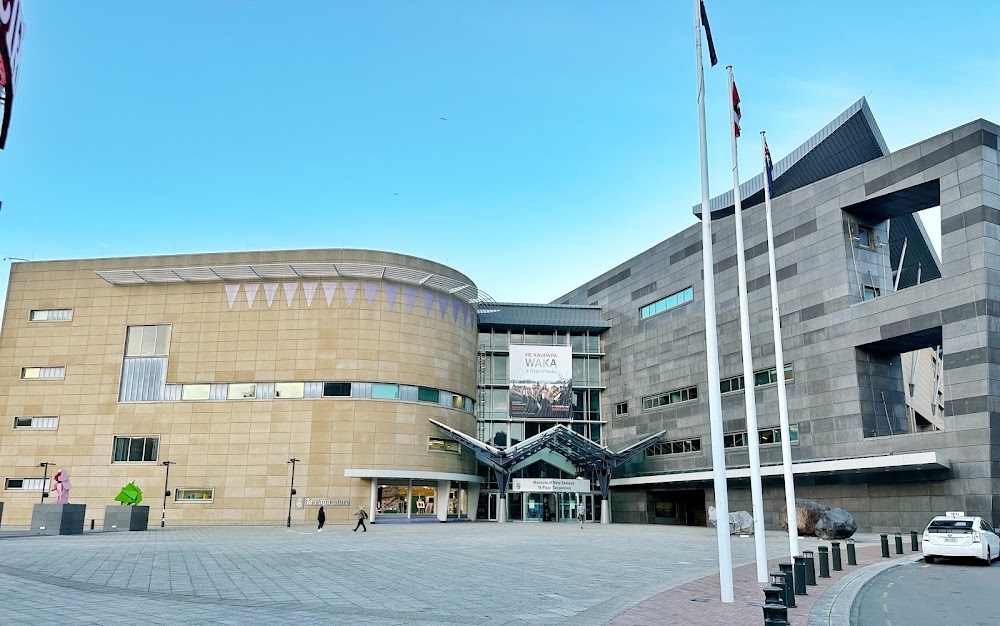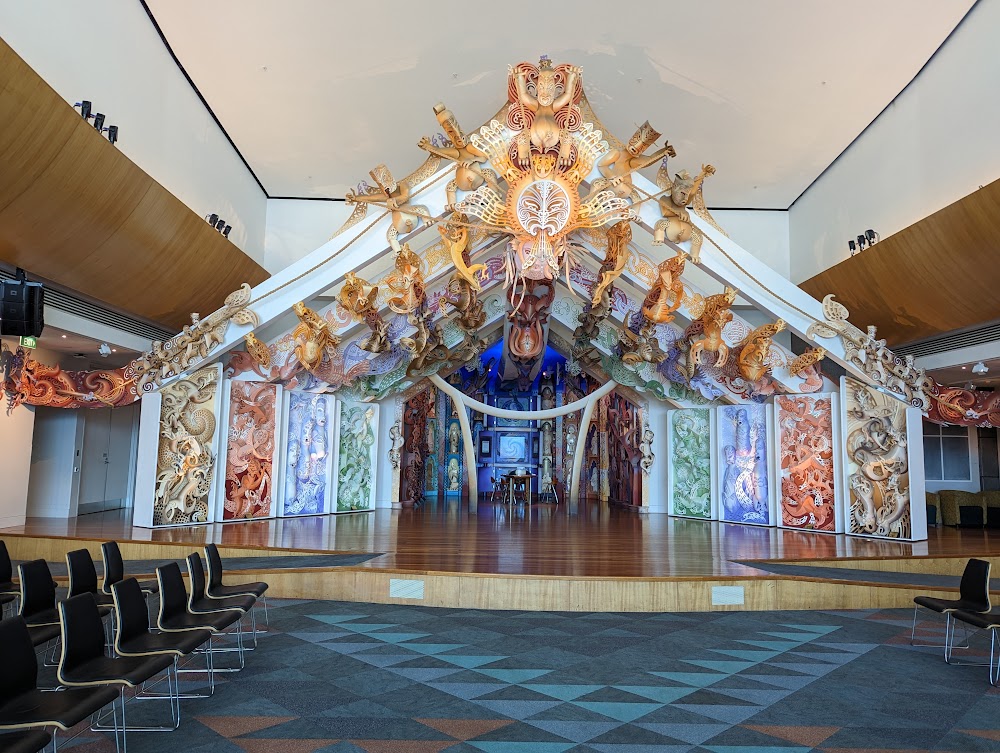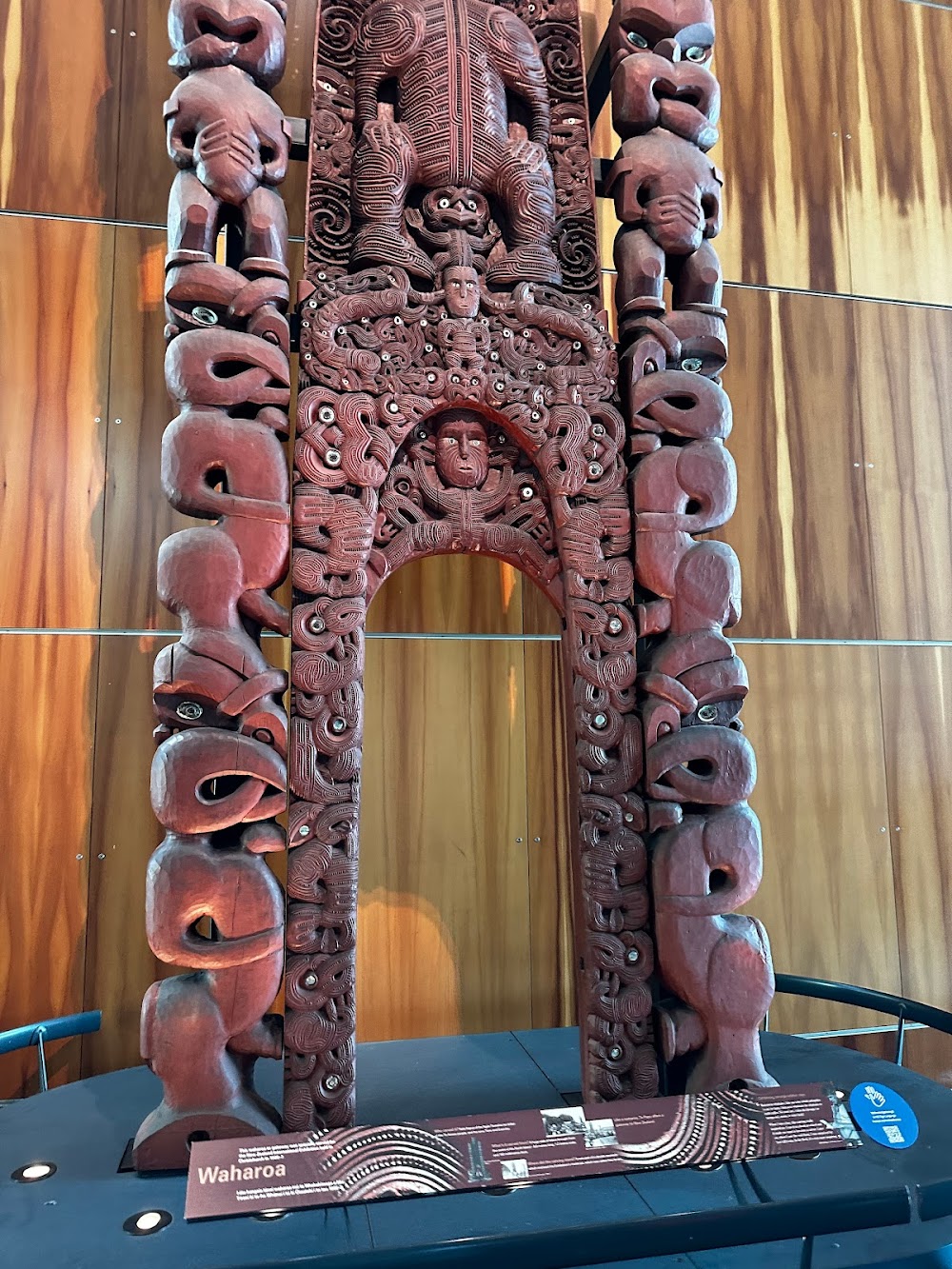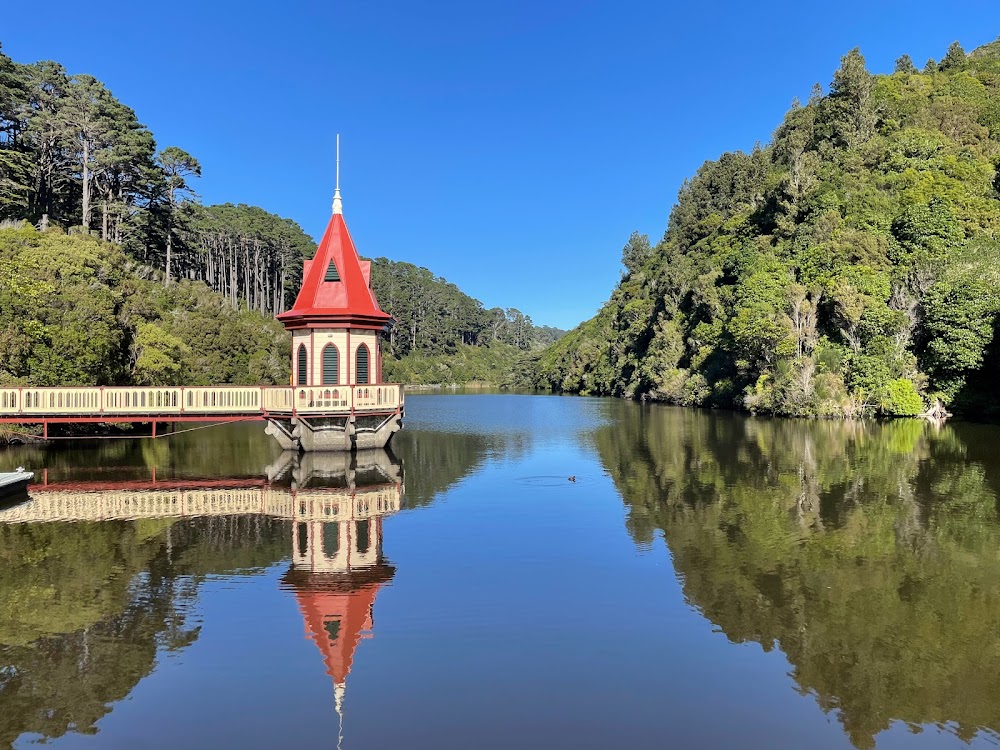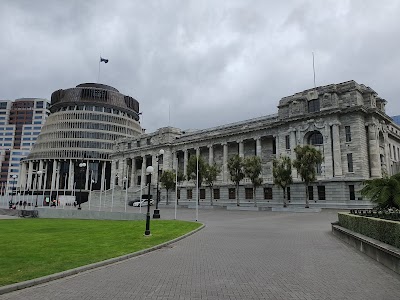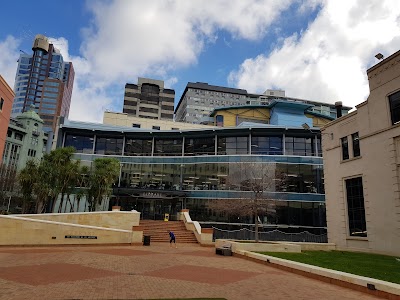Museum of New Zealand Te Papa Tongarewa (Te Papa Tongarewa)
Overview
Museum of New Zealand Te Papa Tongarewa, commonly known as Te Papa, is a cornerstone of cultural heritage in Wellington City, New Zealand. As the national museum, it is dedicated to preserving and sharing the rich tapestry of New Zealand's heritage and diverse cultural narratives, making it an essential stop for anyone interested in the country’s history and identity.
The journey to create Te Papa was a remarkable project that involved extensive planning and collaboration among architects, designers, and cultural experts. The museum's inception dates back to the early 1990s, when it became clear that a modern facility was necessary to replace the outdated National Museum and National Art Gallery.
The design phase aimed to create a space that not only displayed exhibitions but also engaged visitors through interactive and educational experiences. The architectural firm Jasmax was entrusted with the design, striving to reflect New Zealand's unique identity by incorporating elements of its stunning natural landscapes and rich cultural heritage.
A significant challenge during construction was ensuring the building could withstand the region's seismic activity. Engineers developed an innovative "base isolation" technique, allowing the structure to move independently of its foundations during an earthquake. Designed by engineer Bill Robinson, this technology ensures the safety and integrity of Te Papa's extensive collections.
Construction commenced in 1994, with a focus on creating a building that was both functional and visually appealing. Local materials and sustainable practices were prioritized throughout the process. The museum's exterior features a striking combination of concrete, native timber, and glass, symbolizing New Zealand’s rugged landscapes and its deep connection to the ocean.
Te Papa officially opened to the public on February 14, 1998. The grand opening ceremony was a vibrant celebration attended by dignitaries, cultural leaders, and thousands of citizens. Traditional Māori blessings, performances, and a procession highlighted the museum's commitment to honoring the indigenous Māori culture.
Renowned for its interactive and immersive exhibits, Te Papa covers a wide array of topics, including natural history, art, and Māori culture. The name "Te Papa Tongarewa" translates to "container of treasures," reflecting the museum's mission to safeguard and present New Zealand's cultural and natural wealth.
Among its iconic exhibits is the "Colossal Squid," which offers visitors a rare glimpse of one of the ocean's most enigmatic creatures. The "Mana Whenua" exhibition shines a spotlight on Māori stories and artifacts, providing insights into their traditions, histories, and ongoing contributions to New Zealand society.
Te Papa also boasts a vast art collection, featuring works that span from historic to contemporary pieces. The museum frequently hosts temporary exhibitions, introducing international art and significant global narratives to New Zealand audiences.
Educational programs and community engagement are central to Te Papa's mission. The museum offers numerous learning opportunities for students and teachers, promoting a deeper understanding of New Zealand’s history, culture, and environment. Special workshops, talks, and events actively involve the local community and visitors in meaningful ways.
Another standout feature of Te Papa is its dedication to biculturalism. The museum collaborates closely with Māori communities, ensuring that their perspectives and voices are integral to its operations and exhibitions. This partnership is reflected in the museum's governance structure, which includes representatives from both Māori and Pākehā (New Zealanders of European descent) populations.
Since its inception, Te Papa has welcomed millions of visitors from around the globe, establishing itself as a must-see attraction in Wellington City. Its innovative storytelling approach and commitment to preserving New Zealand’s heritage make it a beacon of culture and learning.
In essence, Te Papa transcends being merely a building or a collection of artifacts; it stands as a living testament to the shared history and future of New Zealand’s people. The museum continues to evolve, embracing new technologies and methodologies to remain at the forefront of cultural preservation and education.


